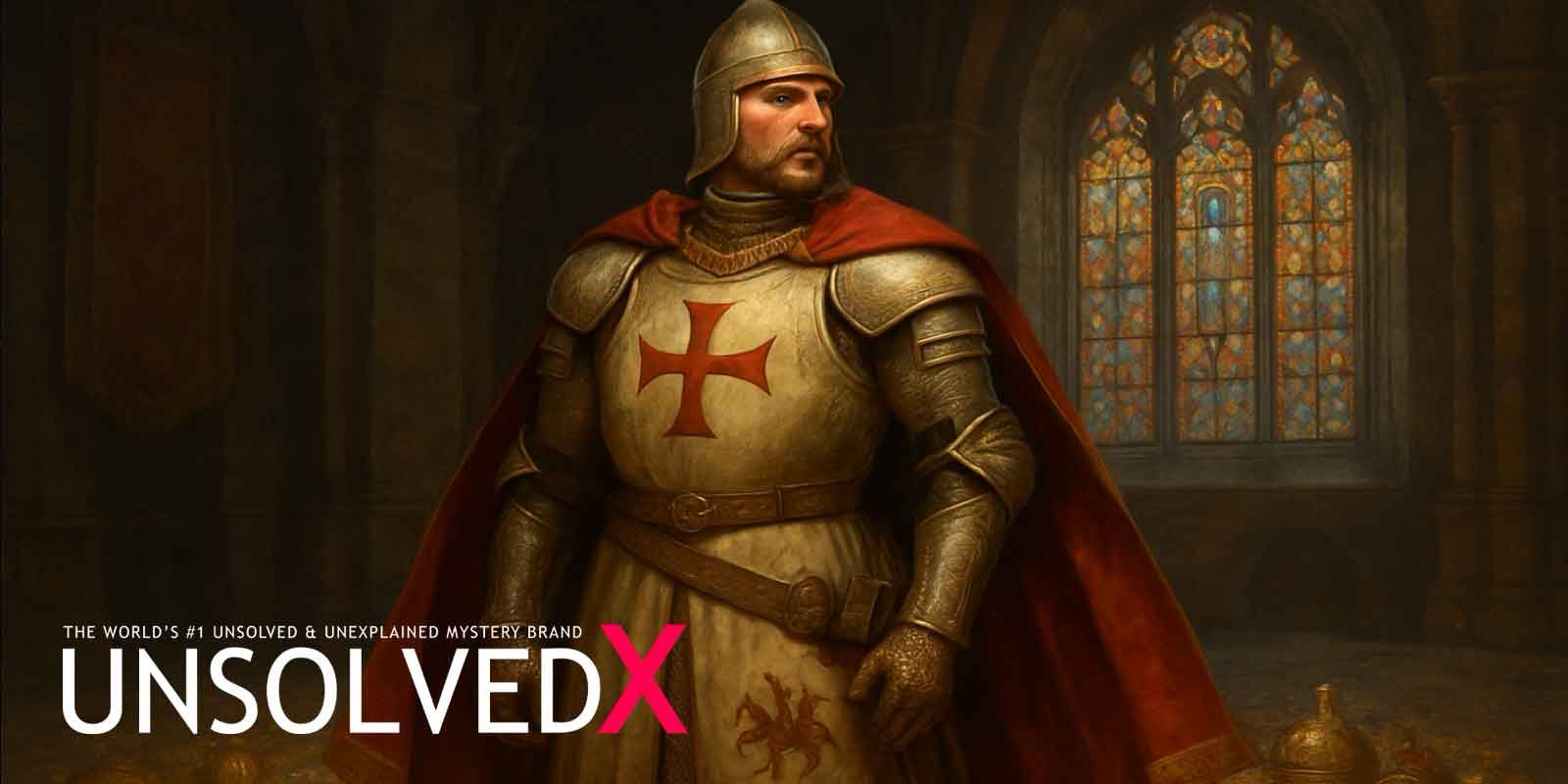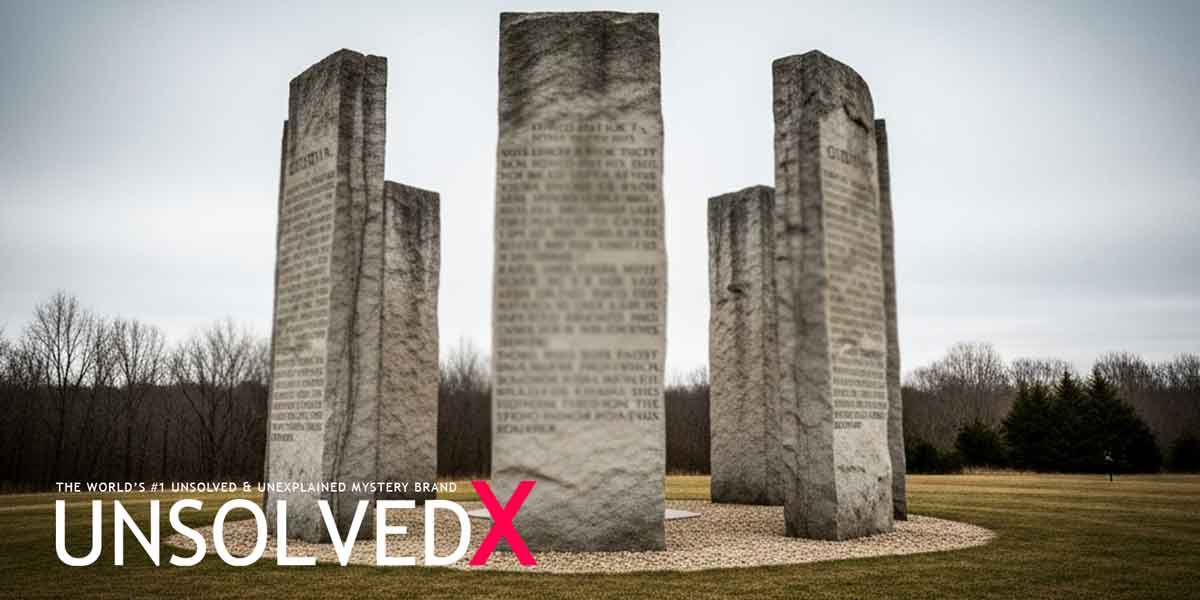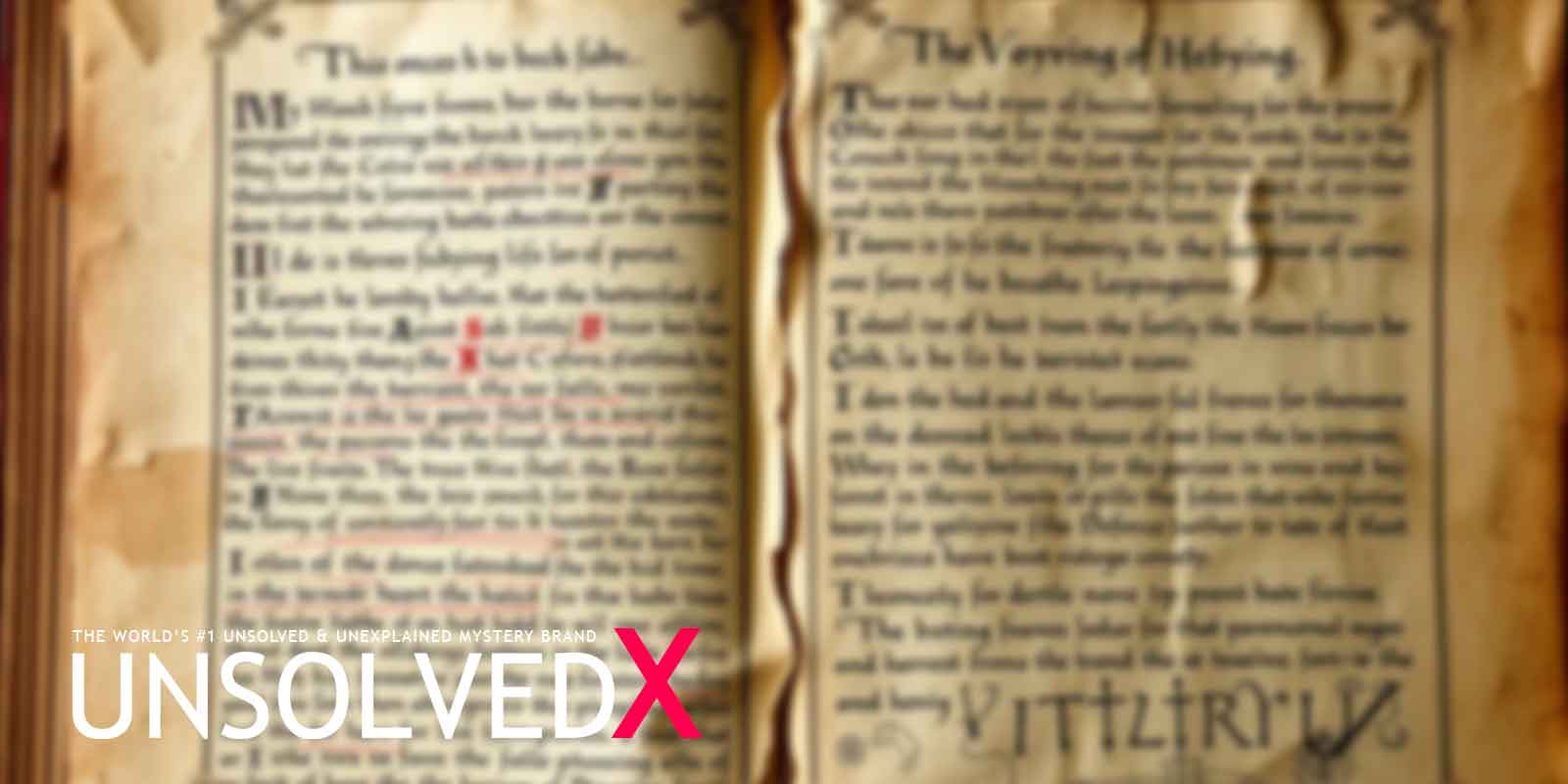The Man Who Toppled an Empire
In 1519, Hernán Cortés, a Spanish conquistador born in 1485 in Medellín, Spain, set foot on the shores of Mesoamerica, igniting a chain of events that would forever alter history. Driven by ambition, faith, and a hunger for gold, Cortés led an expedition that dismantled the mighty Aztec Empire, a civilization of staggering complexity and wealth. But who was this man? A daring visionary or a ruthless opportunist? His journey is shrouded in contradictions, with historical accounts painting him as both a hero of Spanish conquest and a harbinger of destruction. Cortés’s early life as a law student turned adventurer hints at a restless spirit, but nothing could prepare the world for the audacity of his actions in Mexico. His small force of roughly 600 men, armed with horses, guns, and an unyielding resolve, faced an empire of millions. Yet, through cunning alliances, psychological warfare, and sheer audacity, he brought Tenochtitlán, the Aztec capital, to its knees by 1521.
The mystery of Cortés lies not just in his improbable victory but in his methods and motives. How did a minor noble with limited resources orchestrate such a monumental upheaval? His letters to King Charles V, known as the Cartas de Relación, reveal a man skilled in self-promotion, framing his conquests as divine providence while glossing over brutalities. Yet, indigenous accounts, like those preserved in the Florentine Codex, describe a far darker reality—massacres, betrayal, and cultural erasure. The enigma deepens when we consider Cortés’s reliance on Malinche, his indigenous translator and advisor, whose role as a cultural bridge remains a point of contention. Was she a traitor to her people or a survivor navigating impossible odds? Cortés’s story is less a clear narrative and more a mosaic of ambition, betrayal, and cultural collision, leaving us to question the true cost of his legacy.
The Shadows of Conquest
Cortés’s conquest was no simple military triumph; it was a tangle of alliances and betrayals that exploited existing tensions within the Aztec Empire. The Aztecs, under Montezuma II, ruled a vast network of tribute-paying city-states, but their dominance bred resentment. Cortés capitalized on this, forging alliances with groups like the Tlaxcalans, who saw him as a means to overthrow their Aztec overlords. This strategic maneuvering raises questions: Was Cortés a master tactician or merely an opportunist exploiting a fractured system? His use of smallpox, unintentionally introduced by his men, decimated indigenous populations, adding a grim layer to his success. By some estimates, the population of central Mexico plummeted by 80% within a century, a demographic catastrophe that amplified the conquest’s impact.
Another layer of the mystery is the fate of Montezuma’s treasure, a hoard of gold, jade, and sacred artifacts that vanished during the chaotic retreat of the Spanish from Tenochtitlán in 1520, known as the Noche Triste. Some accounts suggest it was lost in Lake Texcoco, while others claim it was hidden by Aztec loyalists or even Cortés himself. The treasure’s disappearance remains one of history’s great unsolved mysteries, fueling speculation and treasure hunts to this day. Was it a deliberate act to deny the Spanish their prize, or simply lost in the fog of war? The absence of concrete evidence only deepens the intrigue, tying Cortés’s legacy to other mysterious tales of lost riches, like the fabled El Dorado.
The Legacy That Haunts
Cortés’s actions reshaped the New World, but at what cost? The fall of Tenochtitlán marked the dawn of Spanish colonial rule, paving the way for centuries of exploitation and cultural transformation. Yet, Cortés himself faded into relative obscurity after his conquest. Rewarded with titles and land, he was never fully trusted by the Spanish crown, spending his later years embroiled in legal disputes and failed expeditions. He died in 1547, a wealthy but frustrated man, his legacy overshadowed by the empire he helped build. The mystery of Cortés’s legacy lies in its duality: he is both a founder of modern Mexico and a symbol of colonial devastation. Indigenous chronicles, such as those compiled by Bernardino de Sahagún, mourn the loss of a vibrant culture, while Spanish records celebrate the spread of Christianity and empire.
The unanswered questions surrounding Cortés persist. Did he truly believe his mission was divinely ordained, or was he driven solely by greed? Why do some accounts, like those of his soldier Bernal Díaz del Castillo, portray him as a charismatic leader, while others depict a cold pragmatist? The destruction of Aztec records and the bias of surviving sources leave us with a fragmented truth. Even the fate of Montezuma’s treasure, possibly scattered across Mexico or hidden in plain sight, mirrors the elusive nature of Cortés’s own story—a man whose actions were as transformative as they were destructive, leaving a legacy that continues to spark debate and fascination.










Comments
Comments section coming soon!